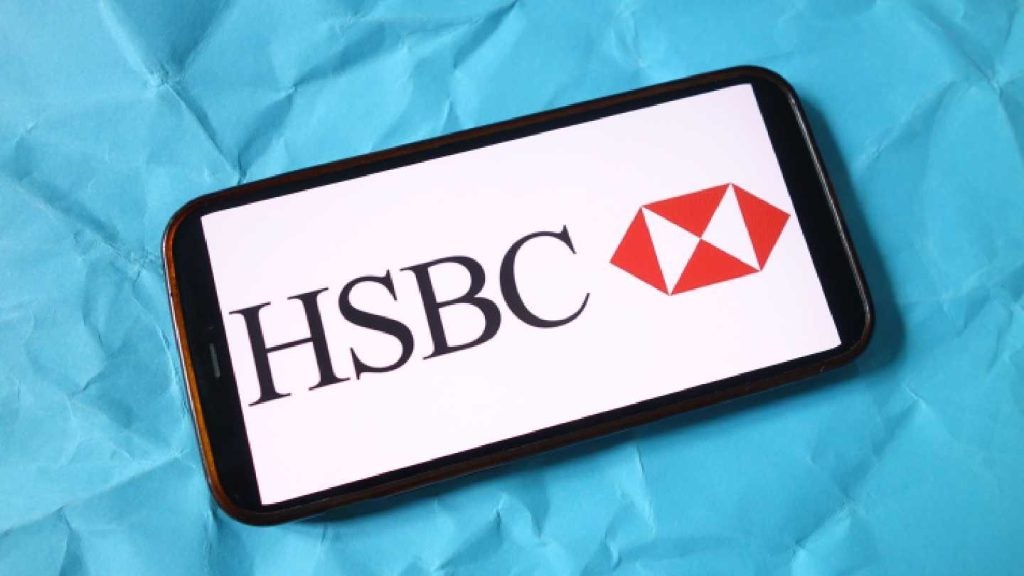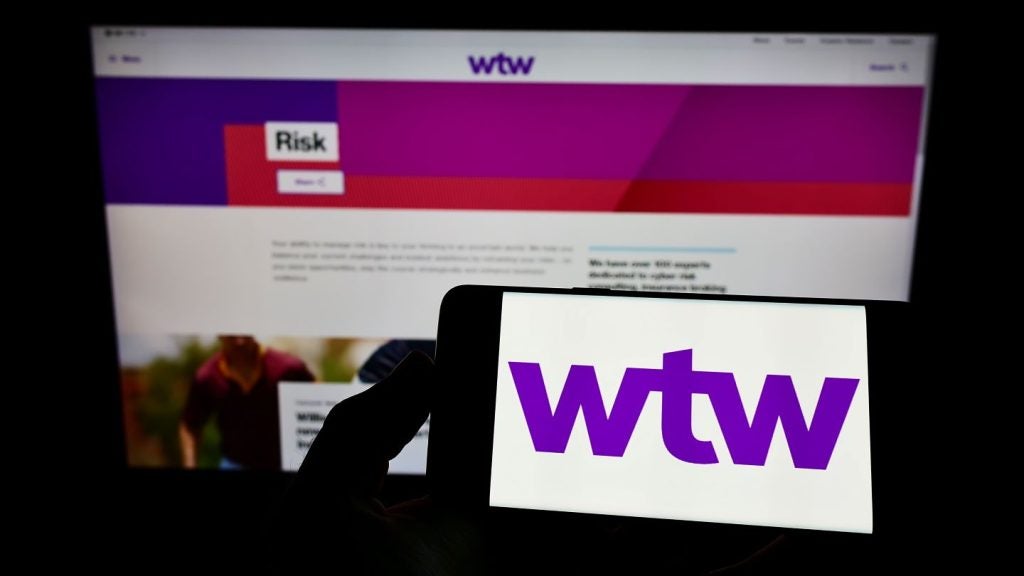Canada’s banking and payments industry faces a radical overhaul with the introduction of open banking and real-time payments over the next few years. This will create opportunities for banks, fintechs, payment service providers, and consumers, Robin Arnfield reports
Driven by consumer demand and inspired by jurisdictions that have adopted open banking such as the UK, the Canadian Government has been edging towards introducing open banking.

Access deeper industry intelligence
Experience unmatched clarity with a single platform that combines unique data, AI, and human expertise.
The Government is keen to provide opportunities for Canada’s burgeoning fintech industry, while providing greater choice for consumers. Opening up Canada’s banking infrastructure will also make it easier for foreign fintechs to operate in Canada.
The Government’s March 2018 budget announced a review of open banking’s merits, leading to the creation of an independent advisory committee on open banking in September 2018.
In January 2019, following the publication of a consultation paper, the Department of Finance invited comments from stakeholders. Separately, a 2019 report by Canada’s Standing Senate Committee on Banking, Trade, and Commerce issued recommendations for the Government to protect Canadians’ financial information by moving forward with open banking.
Bold, clear and concrete
In January 2020, the Department of Finance published a report on the first stage of its advisory committee’s open banking enquiry, “Consumer-directed finance: the future of financial services”. The report recommended that the Government announce a “bold, clear and concrete timeline” for delivering consumer-directed finance, its term for open banking. It suggested that, based on other jurisdictions, a time-frame of one to two years is reasonable.

US Tariffs are shifting - will you react or anticipate?
Don’t let policy changes catch you off guard. Stay proactive with real-time data and expert analysis.
By GlobalDataIn tandem with its open banking consultation, the Government is making it easier for banks to collaborate with fintechs.
In February 2018, the Government introduced amendments to the Bank Act that expand the scope of technology-related activities banks can participate in.
These amendments removed the barriers restricting certain types of relationships between banks and fintechs, which included lengthy approval processes and curbs on the investments banks can make in fintechs. They provide provide greater flexibility for banks to partner with or invest in fintechs and to offer digital identity verification services.
Canada’s banks such as RBC, TD, and Scotiabank have adopted a policy of partnership with fintechs, and in some cases have either invested in or acquired fintechs.
One of the best examples is SecureKey, which has partnered with Canada’s largest banks and telcos to develop Verified.Me, a blockchain-based federated digital ID platform.
Data security
With an estimated 4 million Canadians already using potentially insecure screen-scraping services to manage their finances, the report called for a secure open banking framework to safeguard consumer data-sharing.
Flink: a Canadian Plaid
The biggest provider of third-party account aggregation services is Montreal-based Flinks, which received C$1.8m in seed capital in 2018 from National Bank of Canada and Luge Capital.
“Flinks is Canada’s equivalent of Plaid, the US account aggregation platform recently acquired by Visa,” says Christie Christelis, President and CEO of Technology Strategies International. “Because it has access to users’ banking log-on credentials, Flinks is a potential security risk.”
Christelis notes that younger consumers are more willing to take the risk of sharing financial data with fintechs that help with financial planning or saving than older consumers.
Finance Minister Bill Morneau announced that the second phase of the open banking enquiry will focus on data security and privacy in financial services.
“The Committee found that, while some data-sharing is already happening, the development of more secure infrastructure to use and move financial data would establish better protection for consumers,” the Department of Finance said.
Consumer directed finance
“For the second phase, the Committee will work with stakeholders from Spring 2020 to provide advice on potential solutions and standards to enhance data protection in the financial sector, examining issues such as governance, consumer control of personal data, privacy, and security. The Committee will deliver the results of its findings to the Minister later this year.”
The report said the term ‘consumer-directed finance’ is preferable, as ‘open banking’ misleads consumers into thinking their data is exposed.
“The concept behind open banking is that customers own their financial data and control access to it,” says Lisa Shields, CEO of FISPAN, a Canadian provider of business banking connectivity solutions. “Open banking doesn’t mean data goes into the wild and consumers lose control.”
Managing privacy and risk
The Committee said facilitating secure data-sharing would help Canadians better manage their finances, while giving them greater choice in financial services providers. “Without making data-sharing more secure and trusted, a broader group of Canadians won’t benefit from the tools that consumer-directed finance could offer,” the report said.
“In addition, screen-scraping isn’t a secure connection for businesses trying to build out new applications and it creates unreliability in the services they offer, which can seriously constrain the growth of their businesses.”
Stakeholders told the Committee that an accreditation system to admit service providers into the open banking ecosystem could be an appropriate way to manage privacy and cybersecurity risks. An accreditation system could require participants to meet certain standards for risk management, and could be overseen by either a regulator or independent expert body.
Stakeholders also called for strong processes to authenticate and identify consumers in order to ensure the security of the system and prevent financial crimes.
One option would be an interoperable digital ID scheme such as blockchain-based Verified.Me which would enable consumers to verify their identity when interacting with fintechs. Separately, the Digital ID and Authentication Council of Canada is developing a Pan-Canadian Trust Framework for public and private-sector organisations to enable secure exchange of sensitive data with each other and consumers,
APIs
Stakeholders called for interoperable and standardized open banking APIs to be introduced, following the UK and EU open banking model.
“There was a view among stakeholders that industry has the expertise to develop leading-edge technical standards, but that this should be done with government oversight to ensure fairness and consumer protection,” the report said. “…Many stakeholders called for the government to mandate standardised APIs. There was general agreement that any implementation of consumer-directed finance should be done in alignment with payments systems modernisation.”
Spokespersons for two federal agencies, the Competition Bureau and the Financial Consumer Agency of Canada, told RBI that they believe open banking, provided security safeguards are guaranteed, has the potential to benefit Canadian consumers and businesses. “The Bureau believes open banking has the potential to deliver significant benefits to consumers and businesses through increased competition and innovation in Canada’s financial sector,” a Competition Bureau spokesperson notes.
“The Canadian Bankers Association (CBA) strongly supports innovation and competition in Canada’s financial services sector, and supports the government’s ongoing efforts to explore the benefits and risks of open banking within the Canadian context,” a CBA spokesperson told RBI.
“We believe open banking can enhance the financial services landscape for Canadians, but key risks should be addressed. In order for Canadian consumers to truly benefit from open banking, risk mitigation strategies are needed to address consumer protection, privacy and confidentiality, financial crime, and financial stability.”
National open banking framework
The report left undecided whether Canada’s implementation of open banking should include payments initiation by trusted third parties. “Based on the level of activity with many current Canadian paytech/payment service providers (PSPs), the concept of leveraging a third party to facilitate payments on your behalf is increasing in popularity, even without a comprehensive legislative framework in place,” says Doug Kreviazuk, Executive Director of PayTechs of Canada Association. “Increasingly, Canadians are expressing trust in paytechs and fintechs’ services.”
Kreviazuk says that a national open banking framework establishing clear rules of engagement, roles, responsibilities, and liabilities would promote the use of current and emerging payments applications. “This will undoubtedly take time to put in place,” he says. “But, even with enabling legislation, the issue is that Canada’s financial services sector effectively operates as a tight oligopoly. For years, the business of payments and value-add financial services has been largely controlled by Canada’s largest financial institutions, and they won’t want to see their marker share eroded by non-bank players.”
“In Canada, we have the benefit of learning what’s worked and what hasn’t in the UK and Europe,” says Anne Butler, Payments Canada’s Chief Legal Officer and Vice President, Research and Policy. “Open banking can’t be implemented overnight, especially in Canada where the regulatory landscape and its challenges are unique.”
Kreviazuk noted that Canadian provinces would need to be involved in open banking legislation, as each province has its own financial legislation.
“It’s shaping up to be an initiative that will require everyone to come together to make sure Canada doesn’t lag behind its peers,” says Butler. “The Government needs to take a leadership role and set the legislative framework and objectives. Ideally, it would rely on an implementation body with a public-purpose mandate and diverse representation in its governance, to bring the legislative framework to life. Open banking isn’t something that should be designed by a few people behind closed doors.”
Benefits for banks
“What we’re seeing on the fintech side is atomisation,” says Christelis. “Fintechs can have a very narrow scope, but they are fulfilling a very useful service to consumers. Banks can’t play in a segment where there might be 200,000 users of a particular type of app, as this wouldn’t generate sufficient revenues for them.”
Shields believes that open banking benefits not just fintechs but banks as well. “There’s a massive opportunity for banks to really benefit from their position of trusted custodian and facilitator,” she says. “Take the example of B2B lending platforms.
This use case becomes really interesting, if a bank can easily partner with five of six alternative B2B lenders. When a bank’s underwriting appetite isn’t high for a particular small business, it can facilitate the introduction and the provision of customer data to the alternative lender and still be seen as a partner in finance by the business.”
Modernisation
Since 2015, Payments Canada, which operates Canada’s clearing and settlement systems on behalf of its financial institution members, has been modernising Canada’s wholesale and retail payments systems. This will result in the introduction of new ISO 20022-based high-value settlement (LYNX), batch retail clearing (Settlement Optimisation Engine), and real-time payments (Real-Time Rail) systems.
The Settlement Optimisation Engine will replace the current Automated Clearing Settlement System (ACSS), which handles retail payments such as cheques, bill payments and Automated Funds Transfer debits, and the US Dollar Bulk Exchange platforms. LYNX will replace the Large Value Transfer System (LVTS), which facilitates the transfer of irrevocable payments between Canadian FIs.
The RTR will be an always-on infrastructure supporting immediate payments and funds transfers. As a platform for future innovation, the RTR will enable payment system participants to provide overlay services offering new ways to pay for goods and services and transfer money. According to Payments Canada, the rollout of the RTR is scheduled for late 2021 or early 2022.
The Department of Finance has proposed the creation of a Retail Payments Oversight Framework to manage the risks associated with real-time payments. To be overseen by the Bank of Canada, the Framework will provide a risk-based approach to regulating PSPs in order to help facilitate greater participation in, and access to, Canada’s core retail payment systems.
“The Framework is a vital building block in Canada’s payments systems governance and must be enacted by the Government before enabling PSPs to connect to the RTR and use the core payments infrastructure,” the CBA spokesperson says. “The Framework is needed to provide an all-important baseline level of assurance to customers, payment system participants including banks, and Payments Canada in dealing with other ecosystem participants. It will also build customers’ trust and confidence that the modernised payments system is reliable and secure.”
Access
Currently, only deposit-taking financial institutions can become members of Payments Canada and enjoy direct access to its core infrastructure. However, Payments Canada members can act as indirect ACSS clearers for non-members.
As part of its review of the Canadian Payments Act in 2018, the Government proposed an associate member class for Payments Canada to widen access for non-bank service providers to the ACSS and its replacement and also to the RTR. The Government published a report on the findings of its consultation in February 2019. In the case of the ACSS, it was proposed that associate members would be able to directly exchange payment messaging over the ACSS, while clearing and settlement of the actual payments would continue to be undertaken by direct clearers.
Fostering competition and innovation
In March 2019, Payments Canada’s Butler told RBI’s sister publication EPI that Payments Canada is supportive of non-bank players becoming associate members and gaining access to the RTR, provided safeguards protect the financial system. “Our view is that if non-bank PSPs become Payments Canada associate members, they should be regulated under the Retail Payments Oversight Framework,” Butler said.
Butler says Payments Canada believes a modern payments system needs open, risk-based access to foster competition and innovation in the ecosystem. “The RTR is expected to have the greatest degree of openness to encourage innovation by both financial institution and non-financial institution payment service providers,” she tells RBI.
“There are several critical building blocks to enable broader payment service provider participation – beyond what is currently available to them in collaboration with FIs. The first of these will be the implementation of the Government’s Retail Payments Oversight Framework, which will bring payment services providers under a common regulatory framework.
Payments Canada will rely heavily on this framework to build the risk-based criteria for access to the RTR. We expect fintechs will have opportunities on the RTR, particularly as providers of overlay – or value added – services, which will leverage the RTR core infrastructure to offer new, innovative payment solutions to consumers and businesses.”
Three pillars of modernisation
Gilles Ubaghs, an Aite Group Senior Analyst, says open banking is less of a priority for banks, regulators, and industry bodies as they focus on payments modernisation. “The payments modernisation project is quite resource-intensive in terms of the development of the high-value LYNX system, the changes to the retail batch and automated fund transfer clearing and settlement system, and the Real-Time Rail.
The development map for these three pillars of modernisation is aggressive. We’re still a few years out from European-style open banking, but it’ll happen much sooner here than it will in the US. Much of the Canadian payments modernisation drive is focused on ISO20022 messaging standardisation and creating an environment where compatibility and open standards are more prevalent.”
“Improving access to payments infrastructure, particularly for fintechs and paytechs, is a central goal of the broader modernisation initiative,” Ubaghs says. “That’s being factored into the design of the new infrastructure and to changes to the rules on access and membership status within Payments Canada. My understanding is that access to LYNX and high-value transactions will stay very restrictive and really be limited to the big banks, but the RTR will have a much more open access model.
“The pool of eligible Payments Canada members will grow, but I’d expect to see partner and sponsor-type relationships remain at play for some time to come. Canada has a robust payments infrastructure and isn’t shy about modernisation, but it’s never been a market leader in experimenting with new concepts and tools. It’s more of a follower. The Canadian financial sector tends to be fairly cautious but open about change, unlike the US where a lot of bankers and industry stakeholders are actively anti-open banking.”
Christelis advises the Government to hold back from formulating a solid open banking framework until the Real-Time Rail and payments modernisation process are completed. “Otherwise, it risks duplicating efforts by regulating and setting standards in an environment where the payments modernisation hasn’t stabilised yet,” he says.
“My position is that the vast majority of fintechs wouldn’t qualify for direct access to the Real-Time Rail, nor would they necessarily want it,” says Shields.
“But the fact that direct access was available as an alternative to the sponsorship model would keep things more competitive. Also, if there were a quorum of fintechs that were poorly served by banks, then direct access creates an opportunity for either a bank or a fintech to act as a service provider to fintechs.
In the US, bespoke banks have taken advantage of the opportunity to serve fintechs, and have developed a unique regulatory and compliance regime for on-boarding and serving money services businesses.”
Prior to founding FISPAN, Shields founded Hyperwallet, a Canadian payout provider acquired by PayPal in 2018. “Hyperwallet is one of many examples of Canadian fintechs that augment and enhance the core capabilities of the payments network for either a particular vertical or a particular use case,” she says.
“But Hyperwallet’s business model was greatly constrained by the fact that it was completely dependent on banks for access to clearing and settlement networks. It was building a product layered on top of the payments infrastructure that was potentially seen as high-risk and competitive by banks, as it encroached on their wire transfer revenue. You don’t have to be a rocket scientist to understand this creates an awkward market dynamic and leads to an unfair playing field.”







